Discover how to grow Nerine flowers with simple care tips from Ashley Scott, a 10-year gardening pro. Perfect for USA gardens and late-season color!
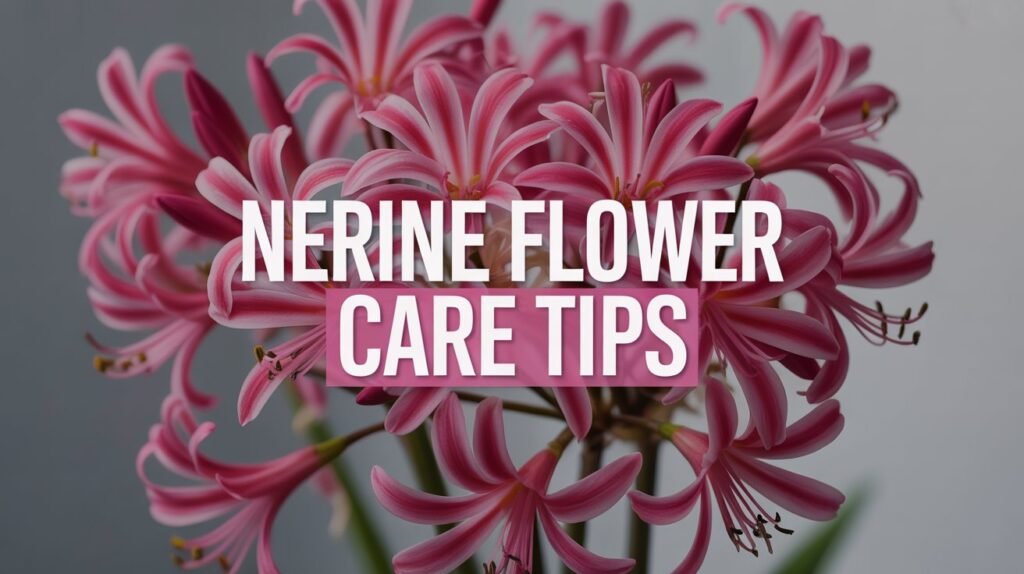
Hey there, plant lovers! I’m Ashley Scott, a gardening enthusiast with 10 years of experience growing vibrant blooms in my USA backyard. One of my favorite discoveries is Nerine flowers, delicate yet striking bulbs that light up gardens with their pink, red, or white clusters in late summer to fall. Native to South Africa, these beauties, often called Guernsey lilies or spider lilies, are perfect for adding a touch of elegance to borders, pots, or rock gardens. They’re surprisingly easy to grow and thrive in USDA Zones 7-10, making them a great pick for many USA gardeners. Below is ready-to-publish content with simple care tips, my personal stories, links to trusted resources, and ties to projects like succulent propagation or DIY compost bins (check out my guides at USA Garden Hub). Let’s dive into the world of Nerine flowers!
Here’s an easy-to-read and verified information chart for Nerine:
| Category | Information |
|---|---|
| Botanical Name | Nerine spp. |
| Common Name | Nerine |
| Plant Type | Perennial bulb |
| Hardiness Zone | Zones 7-11 |
| Sun Exposure | Full sun to part shade |
| Soil Type | Well-draining, sandy or loamy soil |
| Watering | Moderate |
| Growth Habit | Upright, clumping |
| Height/Spread | 12-18 inches tall, spread of 6-12 inches |
| Special Features | Strappy foliage, late summer to fall blooming, attractive flowers |
Why Grow Nerine Flowers?
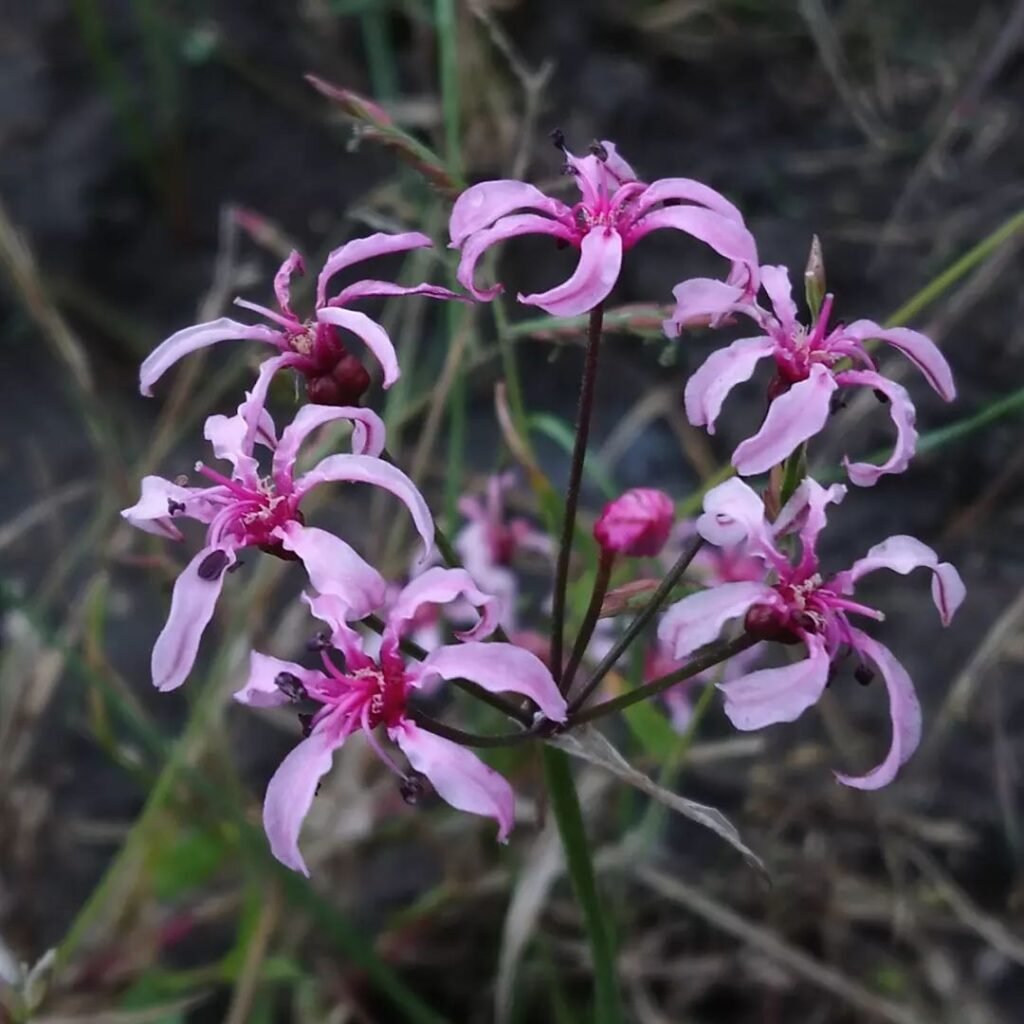
Nerine flowers are a standout for their late-season blooms, often popping up when other plants fade, from September to November. Their star-shaped or trumpet-like flowers, held on slender stems, resemble lilies but have a unique, spidery charm. They symbolize freedom and good fortune, making them a lovely gift or garden accent. Royal Horticultural Society These perennials grow 1-2 feet tall, spread 6-12 inches, and attract pollinators like bees, pairing well with my 8 blooming plants that bees love. They’re low-maintenance, much like microgreens at home, and perfect for small spaces or coastal gardens.
Care Tips for Nerine Flowers
Here’s how to keep your Nerine flowers thriving, based on my own garden experiments and lessons learned.
Light
Nerines love full sun—6+ hours daily ensures vibrant blooms. They tolerate partial shade but may produce fewer flowers. Missouri Botanical Garden
- My Tip: My first Nerines were in a shady spot and barely bloomed. Moving them to a sunny border made them explode with color!
- City Tip: Perfect for sunny balcony pots—pair with native ornamental grasses for texture.
Water
Water moderately during growth (spring to fall), keeping soil moist but not soggy—about 1 inch per week. Reduce watering in winter when dormant. Avoid overwatering to prevent bulb rot. The Spruce
- My Tip: I learned the hard way that soggy soil kills bulbs. Use a well-draining mix and check soil dryness before watering.
- Fun Fact: Their drought tolerance after establishment makes them easier than **indoor hibiscus**.
Soil and Planting
Plant in well-drained, sandy or loamy soil with a neutral pH (6.5-7.0). Plant bulbs in late summer or early fall, 2-3 inches deep and 4-6 inches apart, with necks just above soil. Gardening Know How
- My Tip: I add compost from my DIY compost bin to enrich soil—keeps bulbs happy.
- City Tip: Use 10-inch pots for urban gardens; they cluster beautifully without crowding.
Temperature and Humidity
Nerines prefer mild temps, 60-75°F during growth, and tolerate down to 20°F once established. They like moderate humidity (40-50%) and do well in coastal areas. Protect from hard freezes in cooler zones. Royal Horticultural Society
- My Tip: In my Zone 7 garden, I mulch bulbs in winter with straw to shield them—blooms return every fall!
- Fun Fact: They thrive in fall, like **spooky plants for a Halloween garden**, adding a festive touch.
Fertilizer
Feed with a balanced fertilizer (10-10-10) monthly during spring and summer. Avoid over-fertilizing to prevent leafy growth over blooms. The Spruce
- My Tip: I use half-strength fertilizer to avoid burn—compost works just as well for natural feeding.
Pruning and Maintenance
Remove faded flowers to encourage energy storage in bulbs. Let foliage die back naturally in winter to feed next year’s blooms. Divide clumps every 4-5 years in early fall to maintain vigor. Gardening Know How
- My Tip: I trim dead leaves in late fall to tidy up—pairs great with **Black-Eyed Susans** for a colorful border.
- City Tip: Keep pots neat by snipping spent blooms for a polished look.
Propagation: Grow More Nerine Flowers
Propagate by dividing bulbs or sowing seeds, similar to **succulent propagation from stem** but slower.
- Bulb Division: In early fall, dig up clumps, separate healthy bulbs, and replant 4-6 inches apart. Blooms in 1-2 years. Royal Horticultural Society
- Seeds: Sow fresh seeds in fall, but expect 3-5 years for flowers. Keep moist at 65°F.
- My Tip: I divided my Nerine clump last fall, and the new plants bloomed this year—division is faster than seeds!
Common Problems and Fixes
- Bulb Rot: Caused by wet soil—ensure good drainage and avoid overwatering. The Spruce
- Aphids: Spray with soapy water, like my 10 ways to get rid of ants in the garden.
- My Story: My first Nerines got soggy in clay soil—switching to a raised bed with sandy mix saved them!
Why Nerine Flowers Shine in Your Garden
Nerine flowers are perfect for USA gardens, especially in warmer zones (7-10), but can be grown in pots indoors in colder areas. Their late blooms add color when most plants fade, and they’re great for rock gardens, borders, or containers. They pair beautifully with **spooky plants for a Halloween garden** or **cyclamen** for a fall display. Their cut flowers last up to two weeks in vases, and they’re deer-resistant, a bonus for rural gardeners. For more bulb tips, check USDA Forest Service.
Wrapping Up
Nerine flowers bring elegance and late-season cheer to any garden, from coastal patios to city balconies. My pink Nerines are a fall highlight in my yard, drawing bees and compliments alike. Whether you’re a newbie or a seasoned gardener, these bulbs are a breeze to grow. How will you use Nerine flowers in your garden? Share your ideas in the comments on USA Garden Hub!

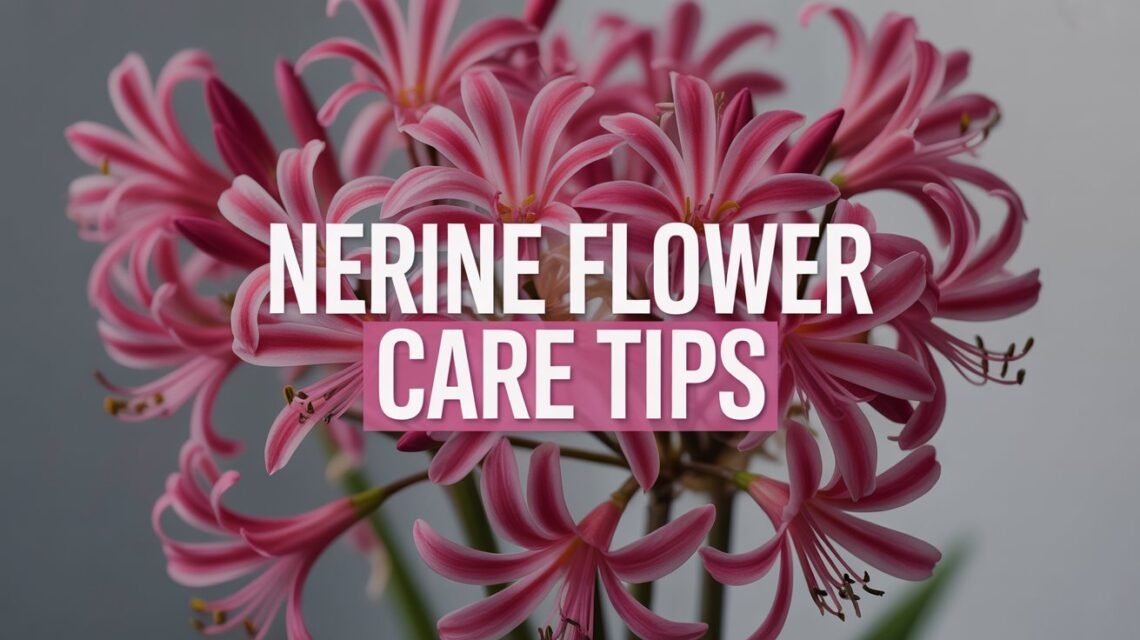
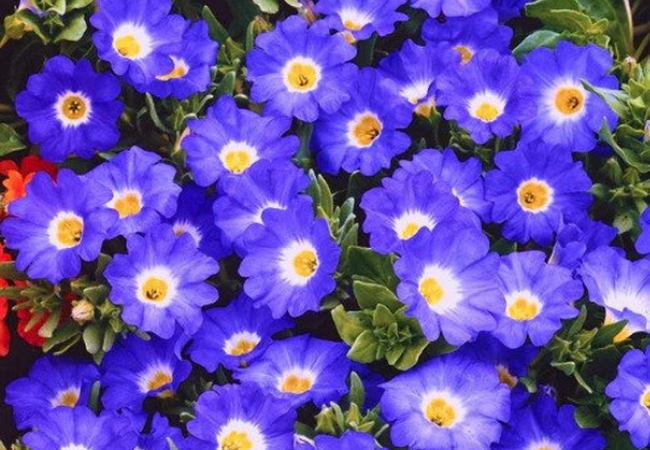
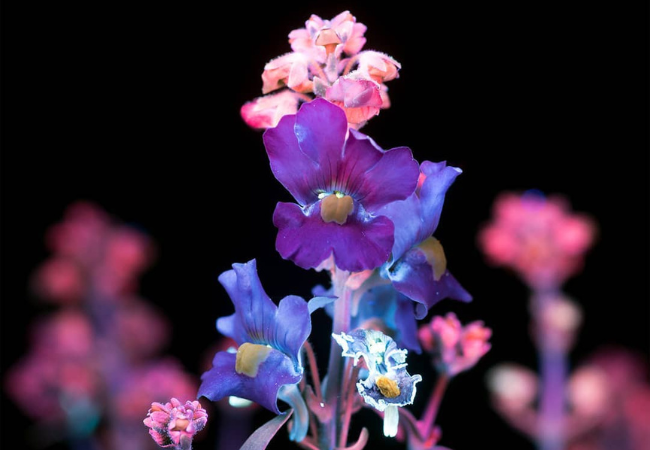



One comment on “Nerine Flowers: Easy Care & Growing Tips”